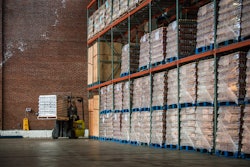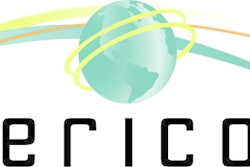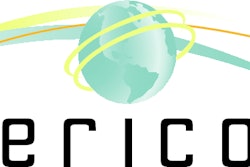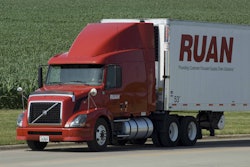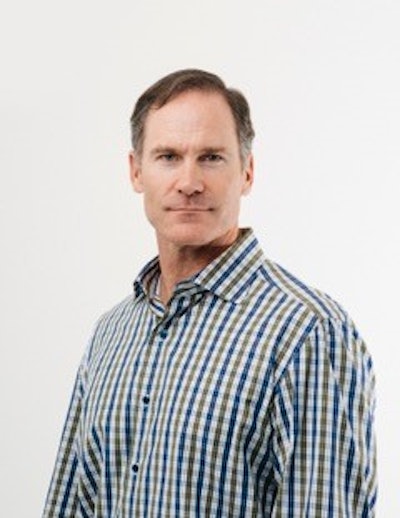
Energy costs are one of the highest operational expenses in the cold chain, especially for warehouse operators with low temperature facilities. They are looking for ways to cut energy bills, and many are turning to a thermal energy storage (TES) solution with as much as 30 percent energy savings, as demonstrated by a third-party study. This study is why TES technology has been recommended for adoption by utilities in California. The technology helps shift demand and shed load while stabilizing product temperature, an important component of the Food Safety Modernization Act (FSMA) that is going into full effect this year.
TES is gaining traction in the low temperature market due to new technological synergies. In fact, according to a recent report in BusinessWire.com, demand for efficient energy storage systems is projected to grow to a $1.8 billion market by 2020. Utilities are taking notice; most recently, San Diego Gas & Electric (SDG&E), in partnership with independent third-party energy management firm ASWB Engineering, completed a field demonstration study of the Viking Cold Solutions TES system. The study, known as the “Phase Change Material and Controls Field Demonstration Study,” verified reductions in electricity consumption of 30 percent and 39 percent in two separate low temperature cold storage facilities in the San Diego area. Based on this study’s results, SDG&E and ASWB recommended California utilities adopt the energy management company’s TES technology, incorporating proprietary phase change material (PCM) into their energy efficiency incentive programs.
The study assessed the patented TES technology’s effectiveness in cold storage freezer applications to validate this passive, non-mechanical system as a cost-effective way to reduce energy consumption across the cold chain, from walk-in freezers to large distribution warehouses. The study proved that the Viking Cold TES system should qualify for California utility incentive programs as part of the California Energy Commission Emerging Technologies initiative.
“The benefits of the technology include reduced refrigeration equipment run time and increased product safety during power emergencies due to the thermal storage capabilities of the solution,” says John Baffa, professional engineer at ASWB Engineering.
With incentives and more than 25 systems already in operation, future TES investments are being considered on a stand-alone basis, or to boost returns by integrating solar PV with TES. With the intermittent nature of many rooftop solar PV systems, integration with TES employing PCM cells for around-the-clock renewable refrigeration now is available to significantly enhance energy efficiency and peak shaving and load shift strategies. Two locations using Viking Cold’s proprietary TES cells, configured with intelligent controls for load monitoring to facilitate peak shaving and load shift strategies, were included in the ASWB study.
The first test site, a walk-in freezer at Camp Pendleton in Southern California, showed a net facility energy savings of 30 percent. The second test site, a commercial freezer warehouse at the Jacobs & Cushman San Diego Food Bank, leverages the food bank’s existing PV system to run the refrigeration during the day and uses TES technology with customized PCM at night leading to a 39 percent net energy savings.
"Electricity costs are one of the top two expenses in the cold storage industry, and this study demonstrates the value of using an intelligent thermal energy storage system to reduce energy consumption in freezers,” says Corey Rosenbusch, president and CEO of the Global Cold Chain Alliance (GCCA).
While TES technology historically has eased grid demand for commercial HVAC applications, the global evolution toward a low-carbon energy generation in the future is why TES is expanding into cold food storage.




